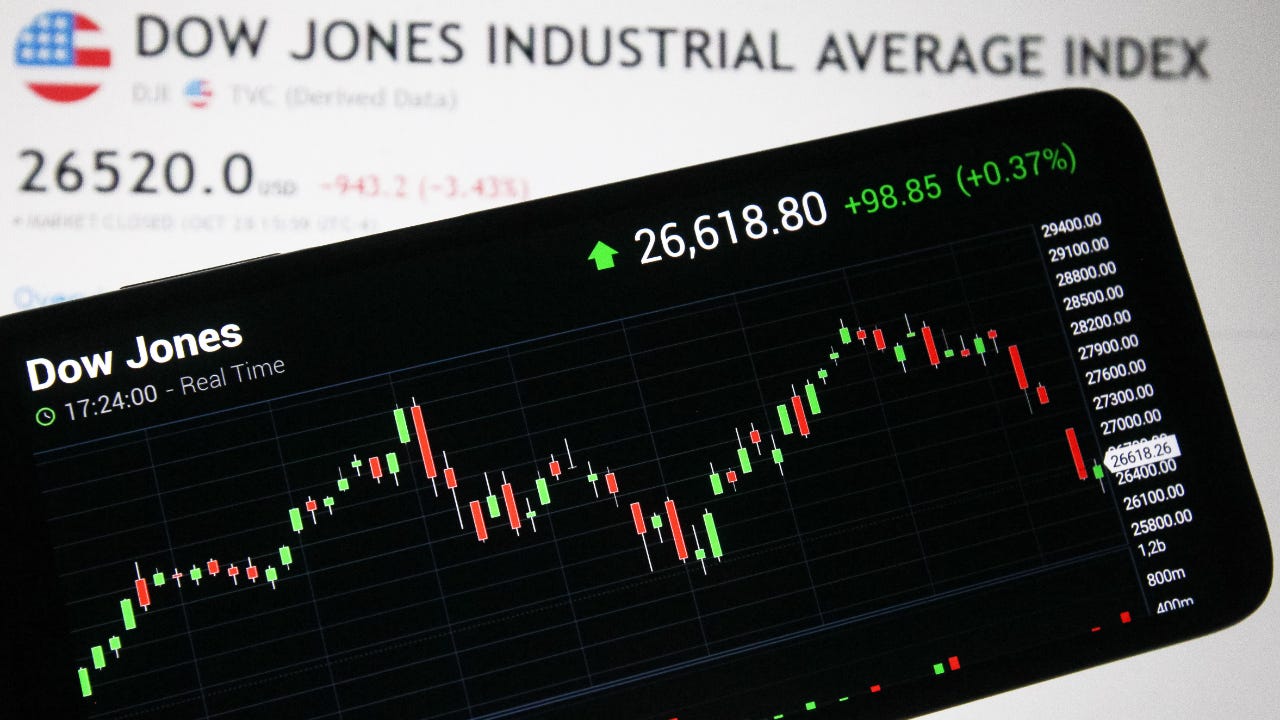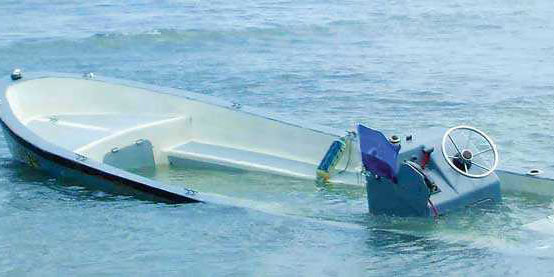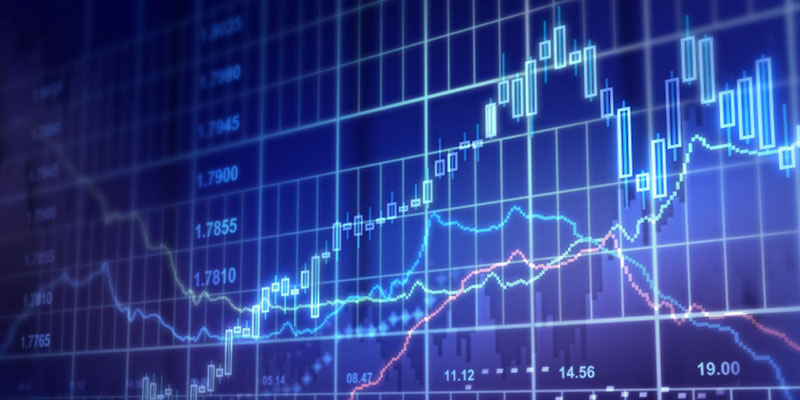In 1896, Charles Dow founded the DJIA (Dow Jones Industrial Average), which included 12 companies at its establishment. These companies were giants in American business at the time. Only one of the original 12 companies, General Electric, is still in business today and has maintained its position as a component of the DJIA for the longest amount of time. Before its removal from the DJIA in 2019, it had been a Dow component for approximately 120 years. It was also the first company to retain its original name on the DJIA since its founding. Throughout history, several events led to the fragmentation, acquisition, dissolution, or relegation to the position of the subsidiary of other organizations.
Learning the DJIA
Charles Dow was an American journalist who, together with a colleague, Edward Davis Jones, co-founded the Dow, Jones & Co. financial news bureau. As any observer would notice, Dow observed that many, if not most, stocks tended to move in the same way from day to day as investors reacted to events and expectations. He tried to measure that daily movement. Dow picked 12 of the world's largest and most influential firms. Each was a giant in his fields, and the vast majority represented a demand for essential commodities that fuelled the American economy, such as coal, sugar, and oil.
He added up all their stock prices after each trading day and divided them by 12. At the time, the Dow Jones Industrial Average was. On May 26, 1896, The Wall Street Journal released the first stock market index, the DJIA. The time was perfect. The U.S. was coming out of a slump caused by the collapse of the Philadelphia and Reading Railroads in 1893. Despite the troubles of the railroad sector, economic activity was growing. Although gas and electricity were widespread, coal remained the most common transportation fuel. Crops were a major export as well as a food supply for Americans.
Criticism of the Dow Jones Industrial Average

Although it is among the most renowned measures of the activity on the stock market, the DJIA does have a few shortcomings. Because there are approximately 5,300 common stocks listed on the NYSE and NASDAQ, the DJIA, which only includes 30 companies, is not the best indicator of how well the whole market is performing. It's possible that a depiction of less than one percent of the entire stock market might be misleading and could not adequately reflect the state of the economy.
Furthermore, the adoption of a price-weighted index, as opposed to a market-weighted index, gives specific DJIA components an advantage over others. Even if the business with the lower stock price is more critical to the economy, a part with a share price of $120 would have more than four times the influence on the DJIA than one with a share price of $30. As a consequence, professional fund managers use alternative indexes such as the S&P 500 Index to assess the overall performance of the stock market.
Dow Adjustments

As the country's industrial history came to a close, electricity became the primary energy source, resulting in many technological achievements that people valued. The economy started to shift toward more consumer goods and services and products based on technology. Most original DJIA companies were removed from the list before they went out of business. The Dow components list is regularly updated to remove corporations that are no longer regarded as bellwethers and replace those that have become prominent.
The DJIA's Limitations
There are a lot of people who think that the Dow is not an accurate reflection of the state of the US economy since it only covers 30 of the largest US firms. They argue that there are not enough firms represented and that this fails to consider companies of varying sizes. The S&P 500, which includes 500 companies rather than 30, is considered by many detractors to be a more accurate reflection of the economy.
In addition, others believe that the incorporation of a company's market value into the calculation more accurately represents a business than the simple inclusion of the price of a stock in the analysis. A business that has a higher stock price but a smaller market cap would be given more weight than a company that has a lower stock price but a greater market cap, which would understate a company's actual size. This would be accomplished by giving more weight to the firm that has the higher stock price.
What Does the Dow Jones Evaluate?
The DJIA (Dow Jones Industrial Average) tracks the movement of stock prices over time for the 30 most significant companies in the United States. Two companies that fit this description are Microsoft (also known as MSFT) and HD (Home Depot). The chosen firms include examples from practically every key area of the American economy, except the utility and transportation sectors. These two sectors are not represented in the selected corporations.



